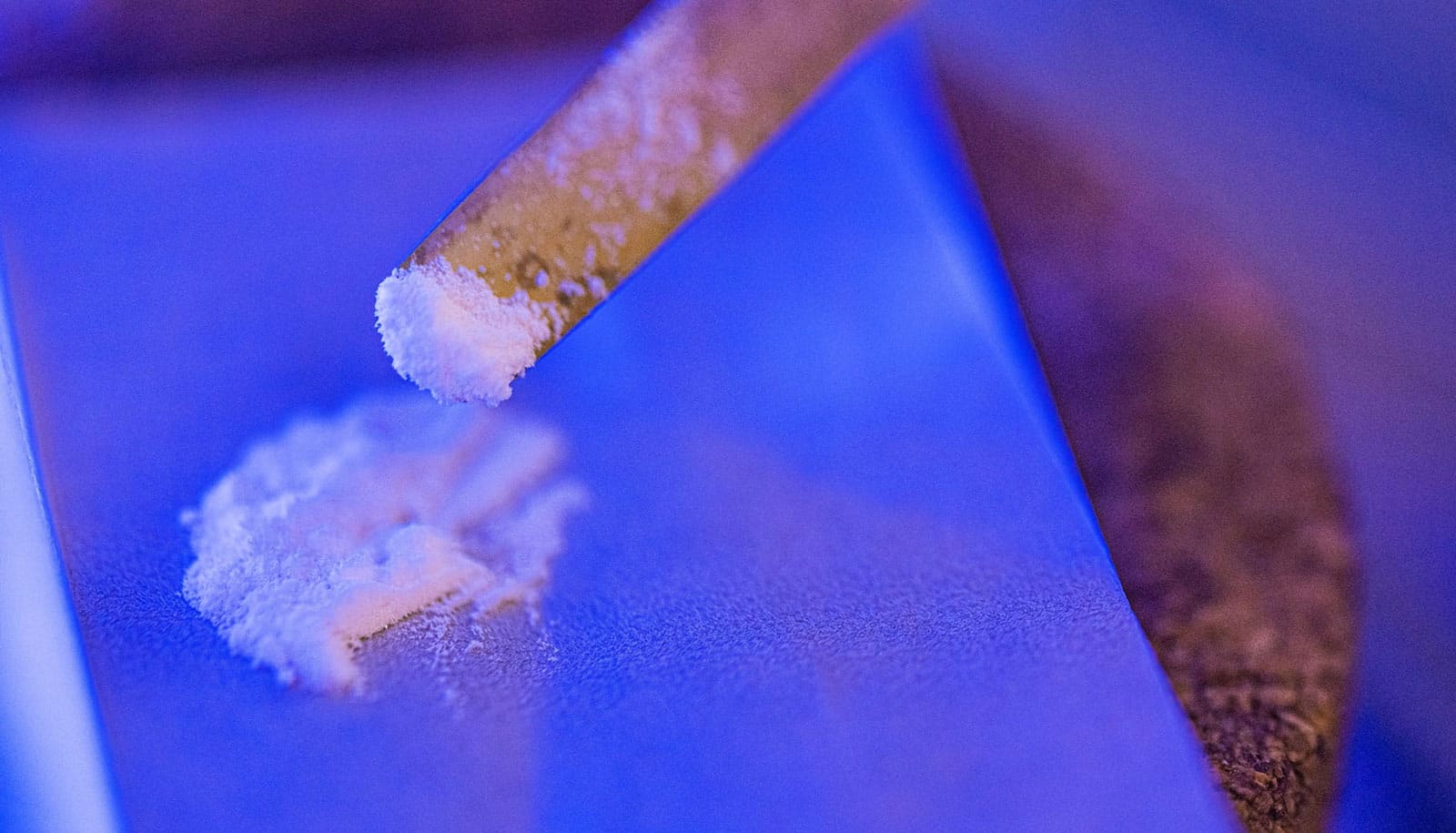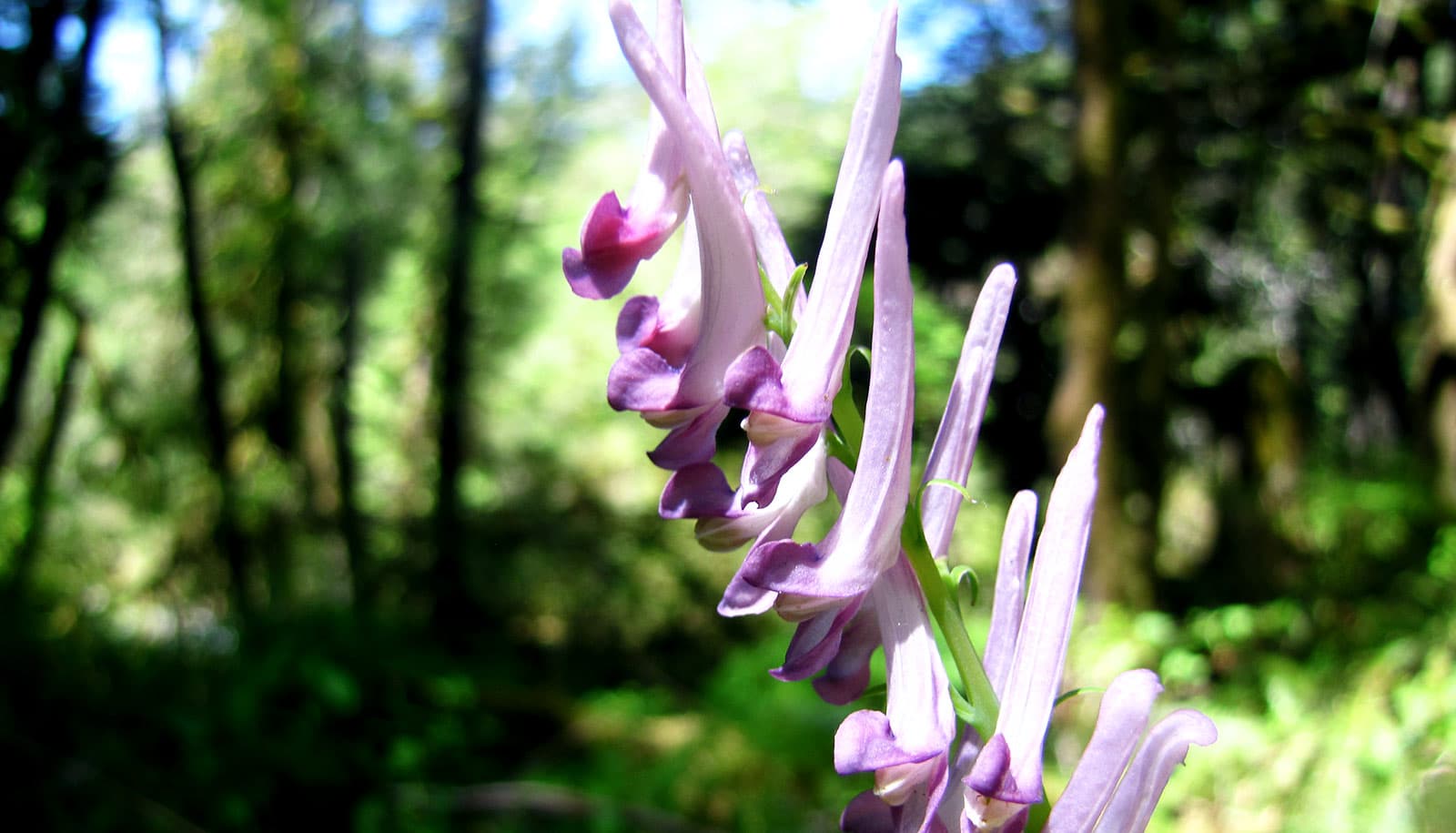Researchers report synthesizing a rare and potentially potent molecule drawn from poppies for the first time.
Undergraduate Anavi Serna spent the duration of a summer fellowship in the Rice University lab of synthetic chemist László Kürti chasing a sequence that would produce setigerumine I, an alkaloid molecule found in trace amounts in the poppy family Papaveraceae.
That natural setigerumine is a molecule the researchers described as “obscure and elusive,” and so hard to isolate it’s difficult for labs to study the molecule as a possible precursor for drugs or other products. But it was an apt target for Kürti’s lab, which develops or simplifies chemical paths for the synthesis of pharmaceutical building blocks used in drug design and manufacture.
Ultimately, Serna and her mentor, chemistry lecturer and corresponding author Juha Siitonen, produced the natural product in a three-step, room temperature process that started with oxidizing and rearranging a precursor molecule, noscapine, found in cough syrup.
Siitonen, who will join Aalto University in Finland in January, had been looking at setigerumine I, first isolated in 1993, and several other rare poppy extracts for a while.
“Because this molecule is isolated from poppies that also produce morphine, the likelihood that it has desirable biological properties is pretty significant,” Siitonen says. “We’ve been facing an opioid crisis for years now, so we clearly need better painkillers that are non-addictive. We don’t know if this is the one, because we’ve only just made it, but it might prove practical.”
The team’s paper appears in the journal Angewandte Chemie.
Getting the key results was followed by verification of the results that involved obtaining the molecule’s structure through nuclear magnetic resonance spectroscopy.
Siitonen compared synthetic chemistry to solving a Sudoku puzzle, though with more significant consequences. “We want to understand these chemical puzzles and see how the molecules should be made,” Siitonen says. “And because this molecule exists in nature, that it’s a real thing, we know it must be possible to synthesize.”
After a lot of trial and error, the solution turned out to be relatively simple. Their environmentally friendly process produced 20 milligrams of setigerumine I, enough to serve as a proof-of-concept for the synthesis.
“We were very happy, because we didn’t expect it would form so readily,” Serna says. “It was a really nice surprise.”
“We basically showed that noscapine and setigerumine I are chemically connected,” Siitonen says. “If somebody wants to produce setigerumine I, our process can now be further optimized.”
He notes the process taught the researchers about how poppies produce setigerumine I. “We also managed to indirectly prove how this thing actually comes about in nature, which has a lot of implications,” he says. “That includes the fact that it might not be the only natural product that belongs to this family.
“There might be plenty of these types of molecules in nature with the same structural motif that we just haven’t stumbled across yet,” he says.
The Osk. Huttunen Foundation, a Zevi and Bertha Salsburg Memorial Fellowship, the National Science Foundation, the National Institutes of Health, and the Robert A. Welch Foundation supported the research.
Source: Rice University


